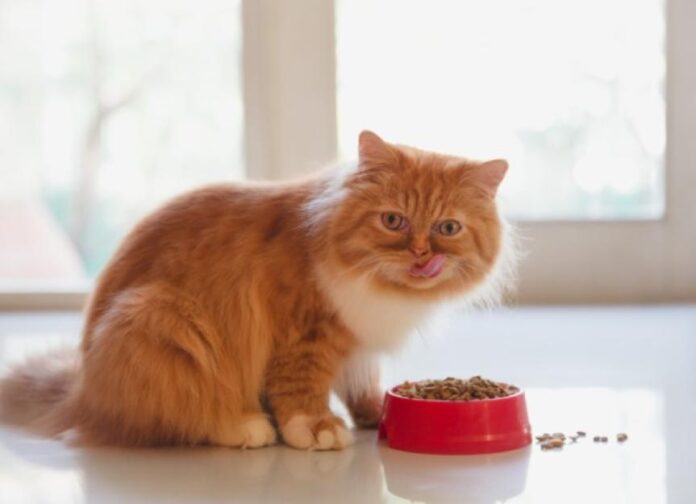The Ultimate Guide to Helping Your Cat Lose Weight Safely
Embarking on a weight loss journey for your cat requires careful planning and professional insight. Before introducing any dietary changes, it is crucial to consult with your veterinarian. A structured approach is vital, as drastic food restrictions and rapid weight loss can pose significant health risks, including hepatic lipidosis (fatty liver disease).
Step 1: Collaborate with Your Veterinarian
Your veterinarian will assist in developing a tailored weight loss plan that emphasizes gradual, healthy weight loss. A comprehensive strategy ensures that your cat’s nutritional needs are met without severe calorie restriction, which can be detrimental to their health.
Assessing Your Cat’s Body Condition Score
The key to establishing a healthy weight for your cat lies in understanding their body condition score (BCS). This score evaluates your cat’s overall body composition based on three main criteria:
- Visibility of ribs
- Presence of a defined waist
- Ease of feeling the vertebrae
With the BCS assigned, your vet can compute your cat’s target weight and daily calorie intake using the Resting Energy Requirement (RER) formula:
70 x (body weight in kg)0.75 = RER
Optimal Weight Loss Rate for Cats
According to veterinary guidelines, healthy weight loss for cats should not exceed 1-2% of their total body weight per week. By reducing their calorie intake to 80% of their RER, you can typically expect a consistent weight loss. Regular monitoring is essential:
- Weigh your cat weekly to track progress.
- If weight loss surpasses 2% per week, consult your vet and consider increasing calorie intake by 10%.
- Conversely, if weight loss is under 1% per week, a reduction of 5-10% in calorie intake may be necessary.
If your cat suddenly refuses to eat, it is imperative to seek veterinary advice immediately.
Three Effective Methods to Aid Your Cat’s Weight Loss
In addition to professional guidance, here are several methods to support your cat’s journey toward a healthier weight:
1. Choosing the Right Cat Weight Loss Food
Consulting with your vet will help determine the most suitable food options, portion sizes, and feeding schedules for your cat. Common dietary strategies include:
- High-fiber/Low-fat: Increasing fiber can enhance satiety, allowing your cat to consume larger quantities without exceeding calorie limits.
- High-protein/Low-carbohydrate: This diet can prolong digestion, contributing to a feeling of fullness.
- Incorporating wet food may also aid in weight management due to its higher water content, which increases meal volume while keeping calories low.
2. Implementing Regular Exercise
Boosting your cat’s activity level is just as important as controlling their diet for effective weight loss. Here are some ways to increase your cat’s exercise:
- Schedule regular play sessions using toys like laser pointers and wand toys.
- Introduce vertical spaces such as cat trees or shelves for climbing and jumping.
- Utilize puzzle toys or treat balls to engage your cat mentally and physically.
3. Utilize Automatic Feeders and Treat Balls
Automatic feeders can help regulate meal timings, promoting better eating habits and aiding in weight management. Additionally, using treat balls or food puzzle toys can slow your cat’s eating pace while providing mental stimulation and added exercise.
By integrating these strategies with veterinary support, you can help your cat achieve and maintain a healthy weight, enhancing their quality of life in the long-term.
Featured Image: iStock.com/pat138241











